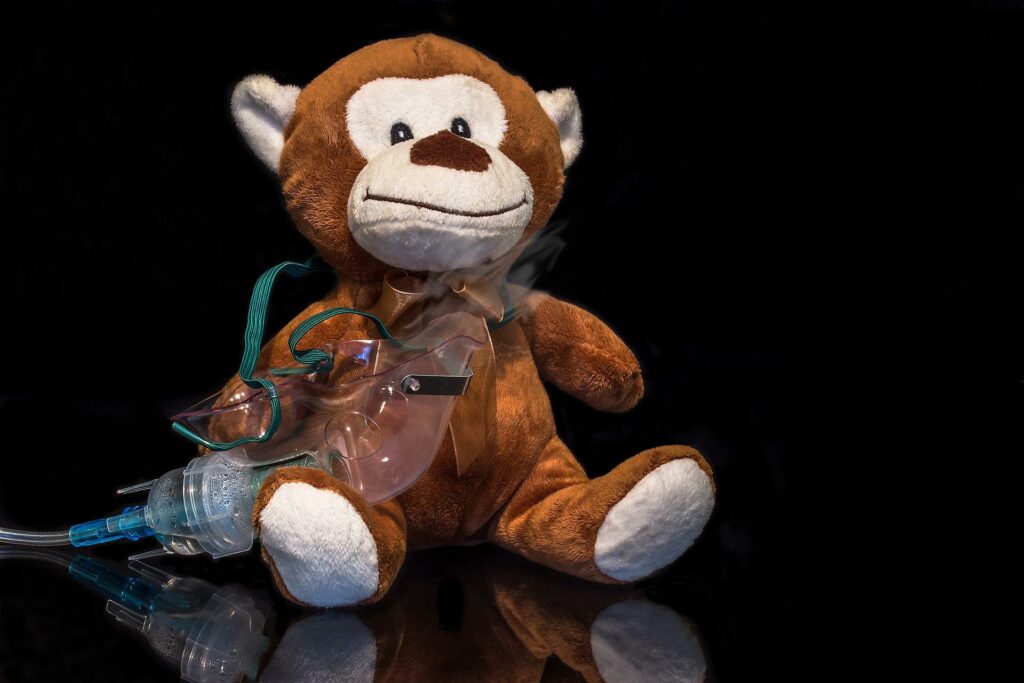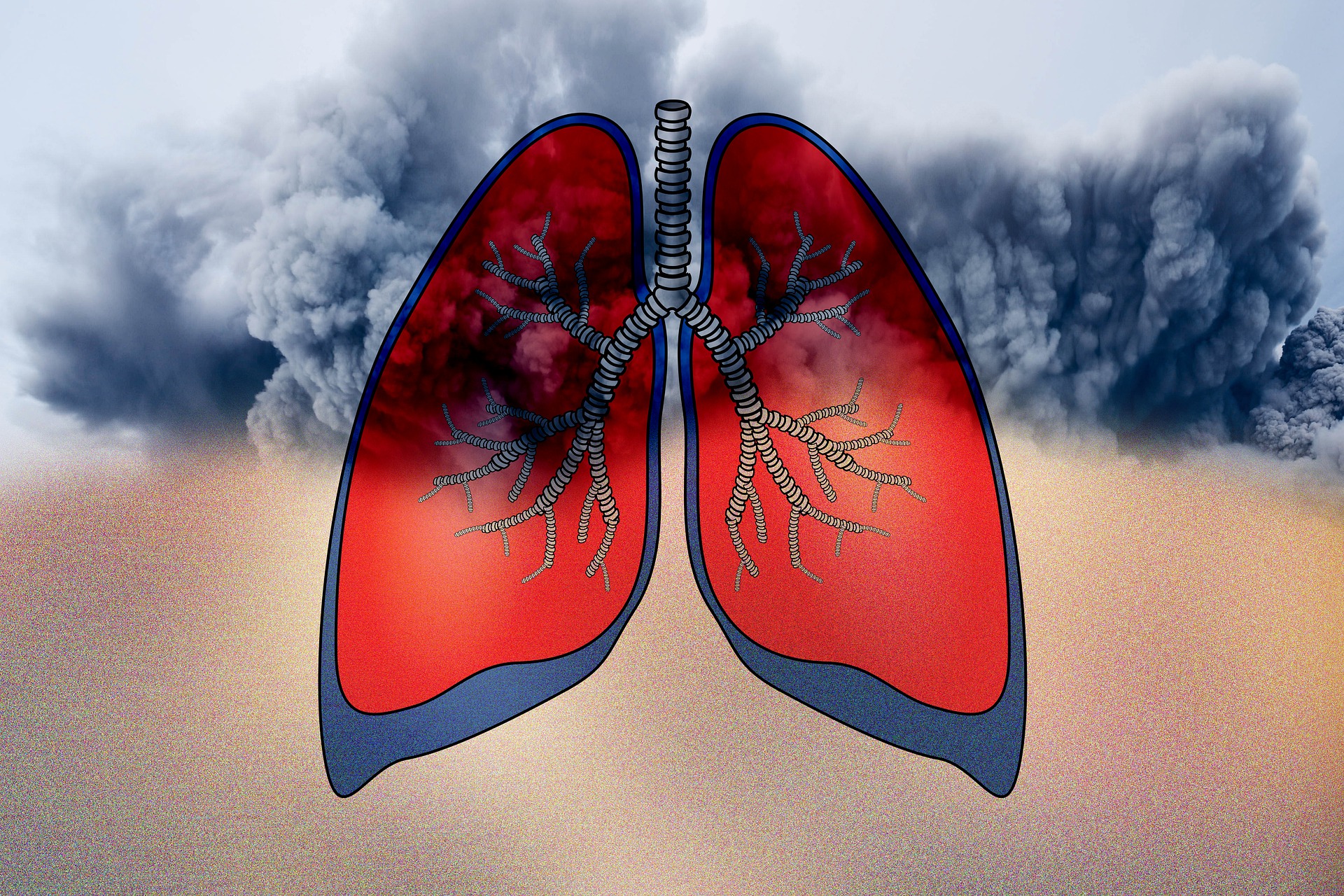I walked out of a chemistry lab my freshman year of college, excited to call my family and update them on my newfound independence. What greeted me on the other line was not
exciting news, however, it was news that crushed my soul.
“Kaitlyn,” my grandmother said. “Pops has been diagnosed with lung cancer.”
I didn’t believe her. My grandfather never smoked, so how could he have lung cancer? Only smokers get lung cancer…right?
February 2022, as I am now a rising senior in college, the battle with cancer was lost, and my beloved grandfather passed away. His name was Dick Sparrer, and although you may not know him, you’ve likely read one of his many sports editorials or newspaper articles, as he was an editor for the Los Gatos Weekly for many years.

This notion that only smokers get lung cancer is, in fact, entirely incorrect, and a crucial part of the Los Gatos community was plucked away because of a disease that could have been prevented.
The Journal of Clinical Oncology estimates, in the United States, 140,000 deaths due to lung cancer, with approximately 17,000 to 26,000 annual deaths occurring due to never-smokers.
Contrary to popular belief, this means that roughly 10-15% of all lung cancer deaths occur without smoking. While these lung cancer rates are seemingly decreasing, the prevalence of never-smoker lung cancer rates is actually increasing.
Within the last decade, the Journal of the National Cancer Institute determined that the proportion of never-smoker lung cancer patients increased from 8.0% to 14.9%. The cause of this increase is widely unknown.
You are at risk for the development of lung cancer, even if you’ve never touched a cigarette. The first never-smoker risk factor is age, as an increased age correlates with an increased likelihood of lifetime carcinogen exposure.
the notion that only smokers get lung cancer is, in fact, entirely incorrect.
The second major risk factor is secondhand smoke, as Missouri Medicine concluded that 15-35% of lung cancer in non-smokers is due to secondhand smoke exposure. Further, environmental exposures to chemicals such as asbestos, chromium, and arsenic are linked to lung cancer development.
Lastly, genetics is a risk factor as never-smokers and their families are more likely to retain a mutation in the gene EGFR, which is a growth factor receptor monitoring cell development. Therefore, if you are above the age of 60, have been exposed to considerable amounts of secondhand smoke, or know familial members with lung cancer, you may be at greater risk of lung cancer and should consider acquiring screening.

While lung cancer takes the lives of thousands of people each year, there is still hope. Due to the unknown nature of lung cancer pathogenesis, catching this disease quickly and early is imperative. This is why one of the major interventions in lung cancer prevention is screening.
Cancer Research UK discovered that 9 out of 10 lung cancer patients will survive for at least a year if diagnosed at the earliest stage, however, this rate drastically drops to 1 in 5 when lung cancer is diagnosed at an advanced stage. It is obvious that screening is necessary as a primary lung cancer intervention, however, screening is currently not recommended or even offered for non-smoker patients.

With never-smoker lung cancer diagnoses on the rise, why is screening still not recommended, given its success and effectiveness? Why are neglected patients faced with traumatic treatments? Why are thousands losing their lives when a prevention mechanism exists?
This lack of screening recommendations combined with an absence of adequate research fails thousands of patients annually.

In order to lower your risk of lung cancer, avoid secondhand smoke and other air pollution. Test your home for radon, especially in the winter when levels are higher.
Watch for symptoms of lung cancer, including continuous coughing, chest pain, extreme fatigue, unknown weight loss, shortness of breath, and coughing up blood. If you have any of these or have a family history of lung cancer, please talk to a provider regarding lung cancer screening.
A one-hour appointment could save your life. If you would like to push for further change, write to representatives at the U.S. Preventive Services Task Force, urging them to consider screening recommendations for never-smoker lung cancer patients.
You have a right to a healthy life, free of lung cancer. Nobody should endure years of painful cancer treatments when a prevention method exists. My grandfather, Dick Sparrer, deserved more than the life he was given. The painful reality is that lung cancer is beginning its attack on never-smokers at an unprecedented rate. If you have symptoms, I urge you to please obtain screening for lung cancer. Diminish the notion that only smokers get lung cancer.
Lastly, cherish the moments you have with those in your family and community. I thought my grandfather would be here today, helping me write this op-ed as the renowned journalist he was. Instead, I am writing with only my memories of him.
This reality does not have to be yours—get screened and catch lung cancer early.
Rest in Peace Dick Sparrer (1949-2022).










